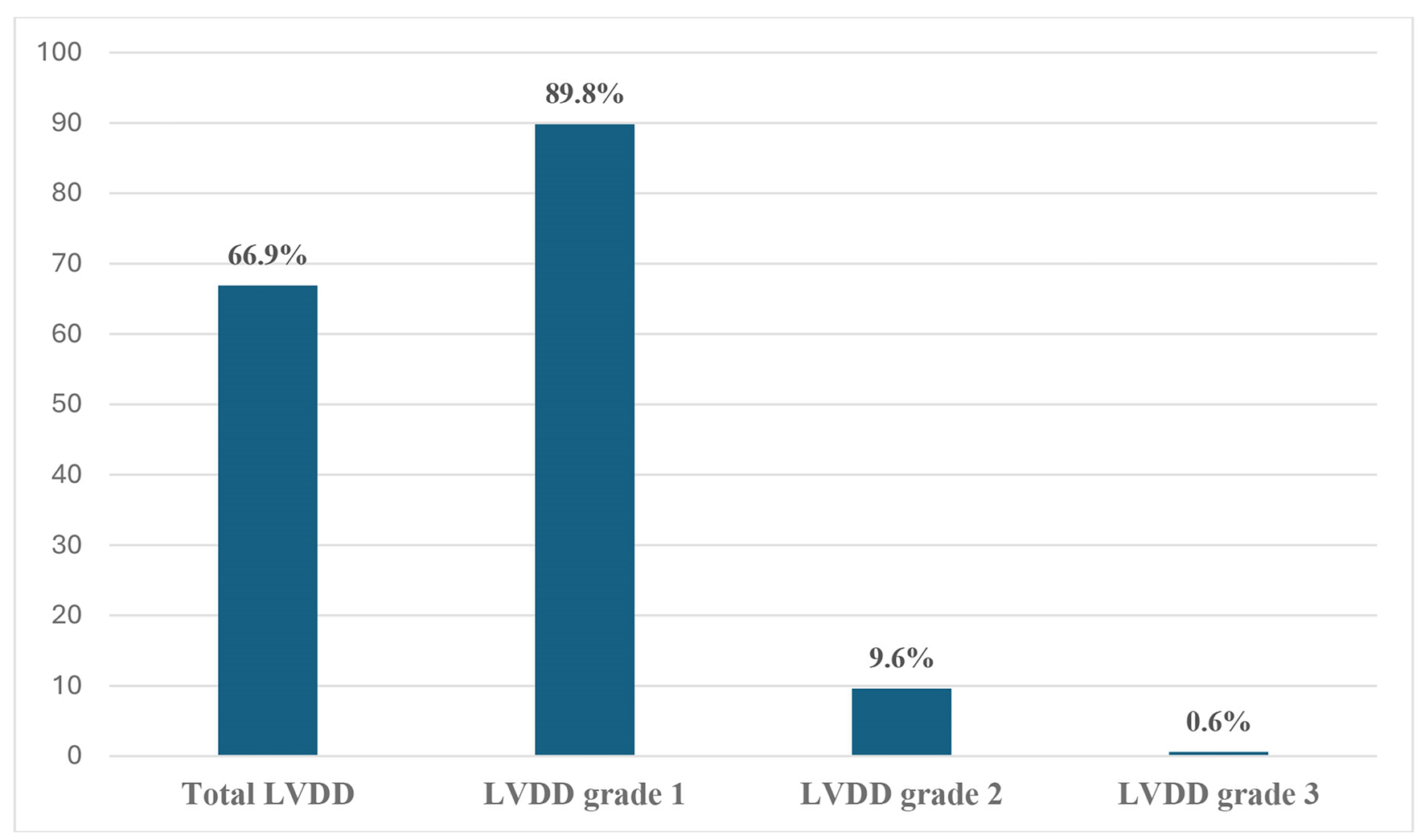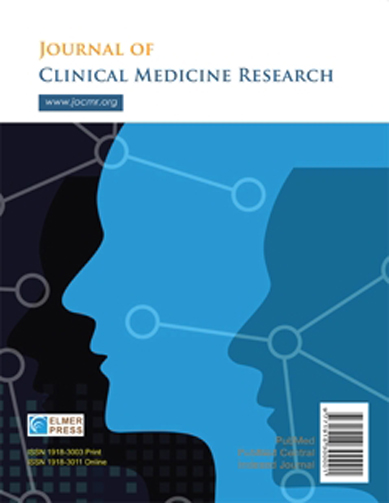Left Ventricular Diastolic Dysfunction and Its Predictive Factors Among Saudi Patients With Type 2 Diabetes Mellitus
DOI:
https://doi.org/10.14740/jocmr6233Keywords:
Type 2 diabetes mellitus, Left ventricular diastolic dysfunction, Glycated hemoglobinAbstract
Background: Diabetes mellitus places a significant burden on society in terms of healthcare expenditures and poor health outcomes and complications. Heart failure is one of its complications which increases morbidity and mortality for patients with diabetes. The purpose of this study was to assess the prevalence of left ventricular diastolic dysfunction (LVDD) and its predictors among Saudi patients with type 2 diabetes mellitus (T2DM).
Methods: This retrospective cross-sectional study was conducted between May 2021 and May 2022 at King Saud University Medical City in Riyadh, Saudi Arabia. Medical records of adult patients with T2DM without prior cardiovascular disease who underwent echocardiographic examination were reviewed, and data were extracted. Echocardiographic findings were reviewed for the diagnosis of LVDD.
Results: A total of 251 participants were included in the study. LVDD was diagnosed in 66.9% of the participants. The majority (89.9%) had grade I. The mean age was 59 ± 9.1 years and the mean diabetes duration was 20 ± 8.5 years. Of the patients, 76.9% had hypertension and 81.2% had dyslipidemia. The mean body mass index was 32.9 ± 6.6 kg/m2 and the mean glycated hemoglobin level was 7.7±2.3%. LVDD correlated with older age, longer duration of diabetes, obesity, poor glycemic control, higher systolic blood pressure, the presence of hypertension, and the usage of antihypertensive and lipid-lowering medications. In logistic regression analysis, older age and higher body mass index were the only independent risk factors of LVDD.
Conclusion: The prevalence of LVDD among Saudi patients with T2DM was high. It was associated significantly with age and obesity. These findings highlight the need for early monitoring, and treatment to prevent its progression and reduce morbidity and mortality.

Published
Issue
Section
License
Copyright (c) 2025 The authors

This work is licensed under a Creative Commons Attribution-NonCommercial 4.0 International License.









